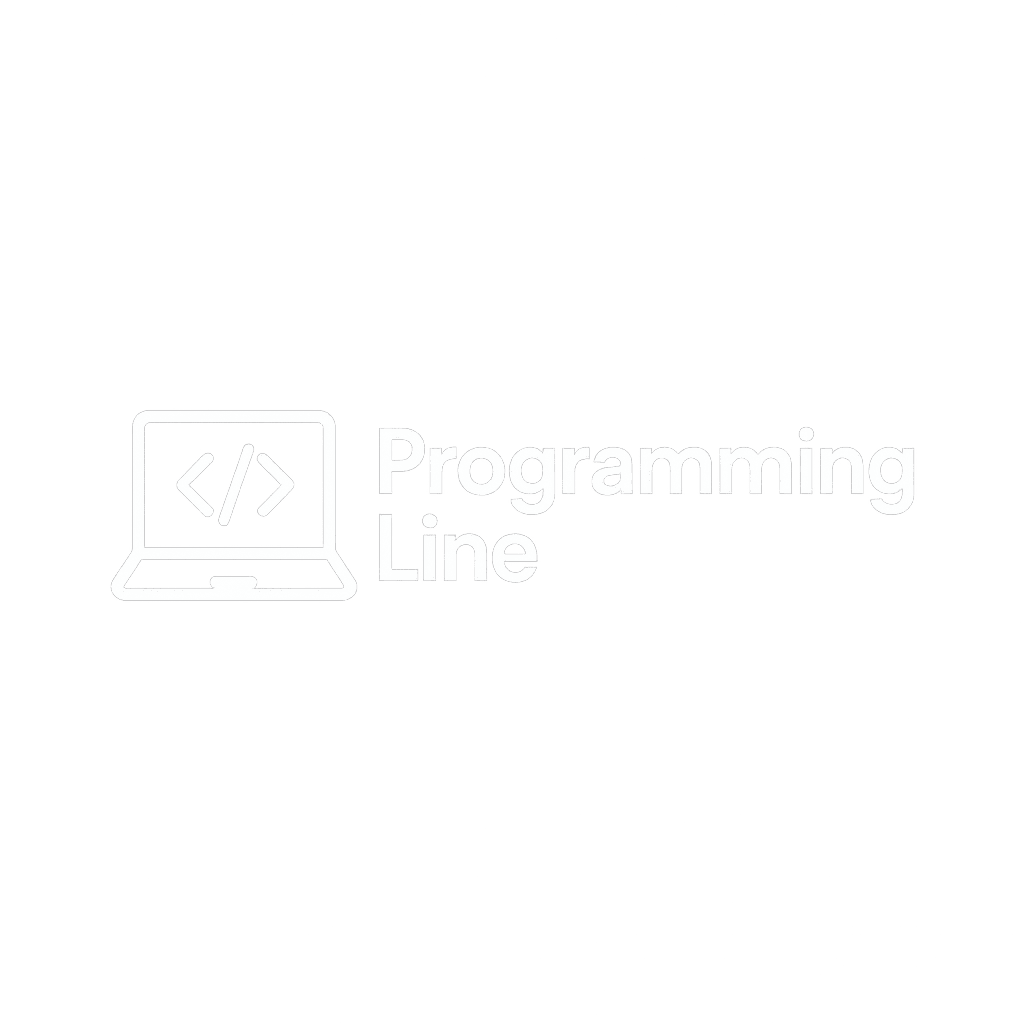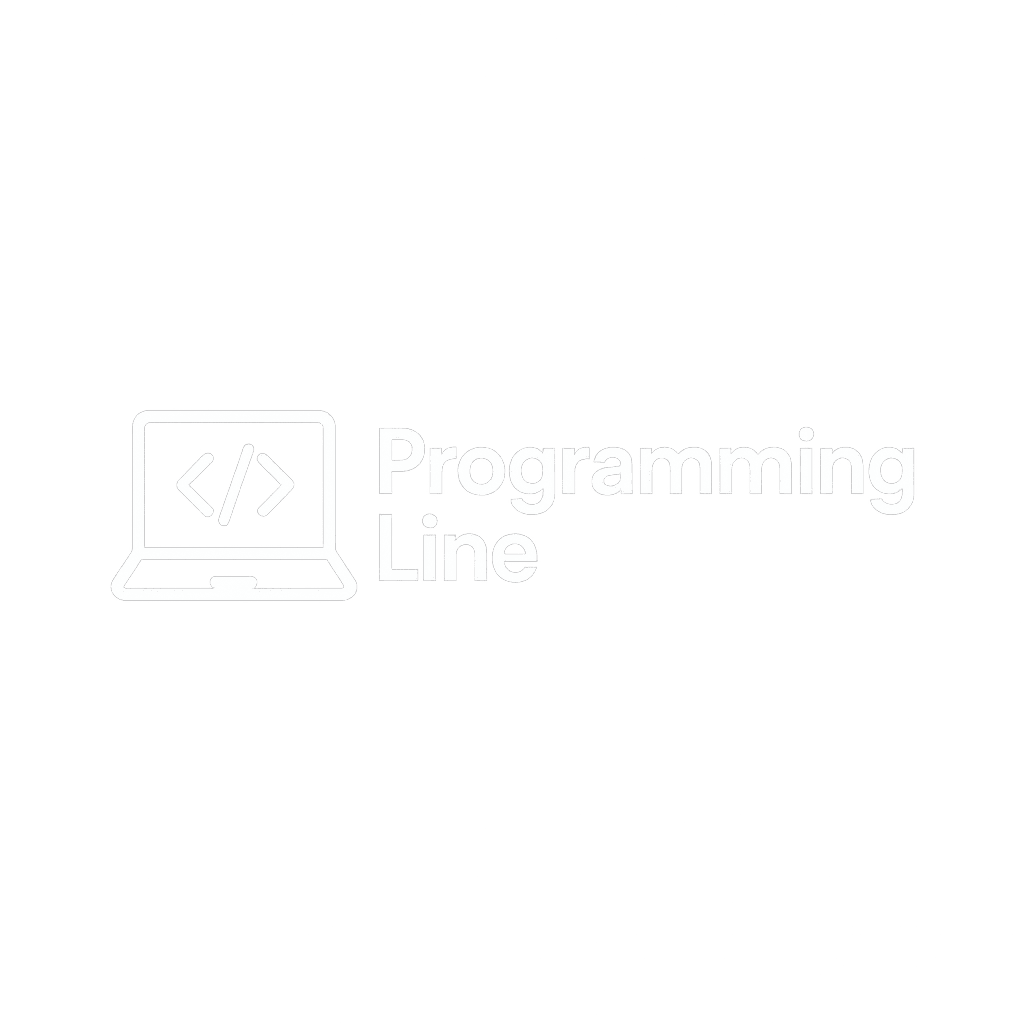In the rapidly evolving world of artificial intelligence, Large Language Models (LLMs) have emerged as the foundation of modern applications, from chatbots to content creation tools. As companies look to integrate intelligent solutions, the demand for high-performing and versatile LLMs has soared. So, which LLMs are leading the pack in 2025? Let’s explore.
1. GPT-4.5 (OpenAI)
Why It’s in Demand:
Industry leader in accuracy, reasoning, and versatility
Strong support from Microsoft (integrated in Azure and Office)
Widely adopted for enterprise and consumer AI products
Applications:
Chatbots
Content generation
Coding assistants (e.g., GitHub Copilot)
2. Claude 3.5 (Anthropic)
Why It’s in Demand:
Emphasis on safety and ethical use
Competitive performance on reasoning benchmarks
Preferred for sensitive or regulated environments
Applications:
Enterprise chat systems
AI copilots for teams
Legal and compliance tasks
3. Gemini 1.5 (Google DeepMind)
Why It’s in Demand:
Strong in multi-modal input (text, image, code)
Integrated across Google Workspace products
Competitive with OpenAI in enterprise features
Applications:
Search augmentation
Document analysis
AI-powered productivity tools
4. LLaMA 3 (Meta)
Why It’s in Demand:
Open-source and customizable
High adoption among developers and researchers
Scalable for various enterprise use cases
Applications:
Custom AI model training
Internal enterprise tools
Research and development
5. Mistral & Mixtral (Europe)
Why It’s in Demand:
Open-source with high performance
Light-weight and cost-efficient
Backed by European AI sovereignty initiatives
Applications:
Open R&D
Public sector AI
Low-resource environments
Conclusion
The most in-demand LLMs vary by use case. GPT-4.5 remains the dominant choice for general-purpose applications, while Claude 3.5 and Gemini 1.5 are preferred in enterprise and multi-modal contexts. Open-source models like LLaMA 3 and Mistral offer flexibility and control, making them popular among developers and public institutions.
As AI adoption accelerates, demand will continue to diversify, making it essential to choose the right model based on specific business needs.

